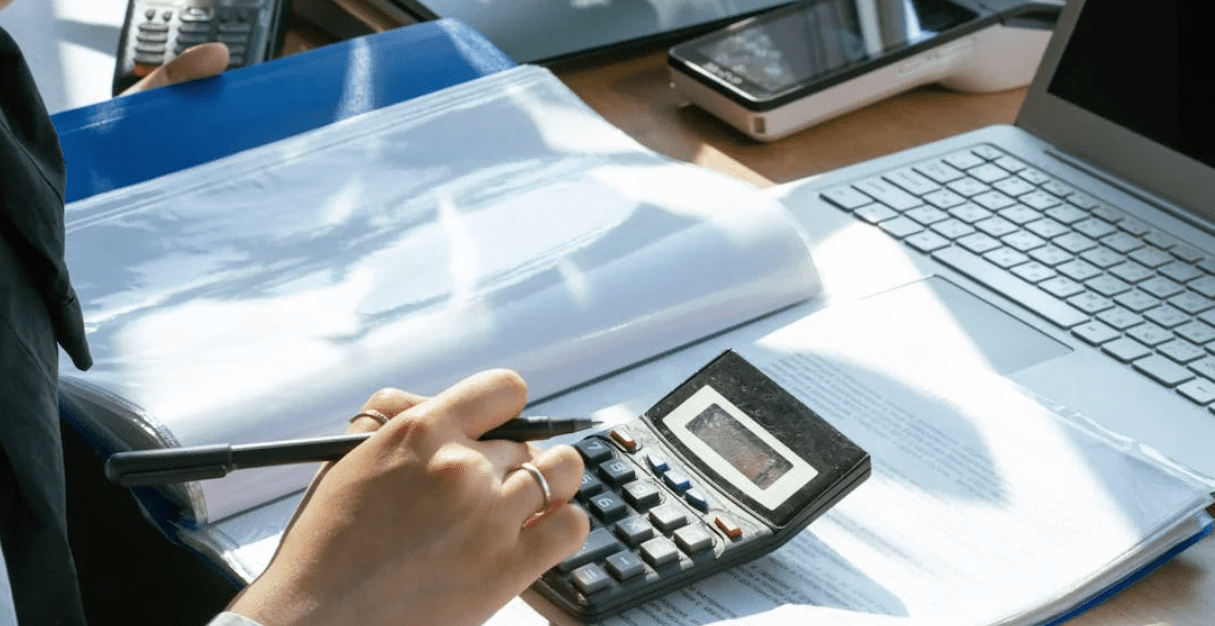What Is a Lease Ledger and Why You Need One
What Is a Lease Ledger and Why You Need One
Blog Article
Lease Ledger Tips for Accurate Rental Income Tracking
Keeping track of tenant funds is one of the very most critical areas of property management. Whether you're controlling a handful of attributes or a comprehensive profile, maintaining an accurate lease ledger assures financial openness and simplifies cost tracking. But managing tenant funds efficiently requires a well-structured approach. Here is a brief information to setting it up right.

The Importance of a Lease Ledger
A lease ledger is basically an economic history that paths lease obligations, safety remains, late expenses, and other tenant transactions. It serves as a main repository for all monetary interactions between landlords and tenants. Without an adequately maintained ledger, property managers chance miscalculating income, overlooking missed payments, or producing disputes with renters. An structured lease ledger helps eliminate these dangers while sustaining professionalism.
Techniques for Successfully Tracking Tenant Funds
1. Use Engineering for Accuracy
Guide record-keeping might work for just one home, but as how many items grows, it becomes impractical. Leveraging electronic tools or easy spreadsheet templates may drastically improve accuracy. These resources often permit you to automate recurring book funds, produce reminders for delayed balances, and generate studies instantly.
2. Produce a Regular Framework
A lease ledger must follow a clear and regular format. At least, your ledger should include:
• Tenant names
• Due appointments
• Quantities compensated
• Exceptional amounts
• Records for any additional prices (e.g., preservation costs or late charges)
Standardizing these details guarantees every report is uniform and easy to interpret.
3. Monitor Cost Status Frequently
Checking your lease ledger usually guarantees you remain along with late payments and may tackle possible dilemmas early. Set aside time monthly to reconcile funds acquired against what's noted in your ledger. This exercise also helps in identifying styles, such as consistently late-paying tenants.
4. Speak with Tenants Clearly
Correct documents mean little if tenants aren't informed of their cost obligations. Deliver reminders for forthcoming rent due times or update them on any fantastic balances. Distinct interaction reduces misconceptions and encourages reasonable payments.
5. Report Everything
Every payment produced, whether partial or full, should really be recorded quickly in the ledger. Checking every purchase ensures both parties have a reference point in case there is disputes. Also little facts, such as for instance waived late costs or modified obligations, should really be joined in to the record.

Ultimate Ideas
An effective lease ledger not merely simplifies tenant payment management but also offers reassurance for landlords and property managers. By incorporating apparent structures, leveraging digital instruments, and sustaining appropriate documents, you can establish a easy system that decreases problems and develops greater tenant relationships. Start managing your funds greater nowadays and set the building blocks for long-term financial stability! Report this page